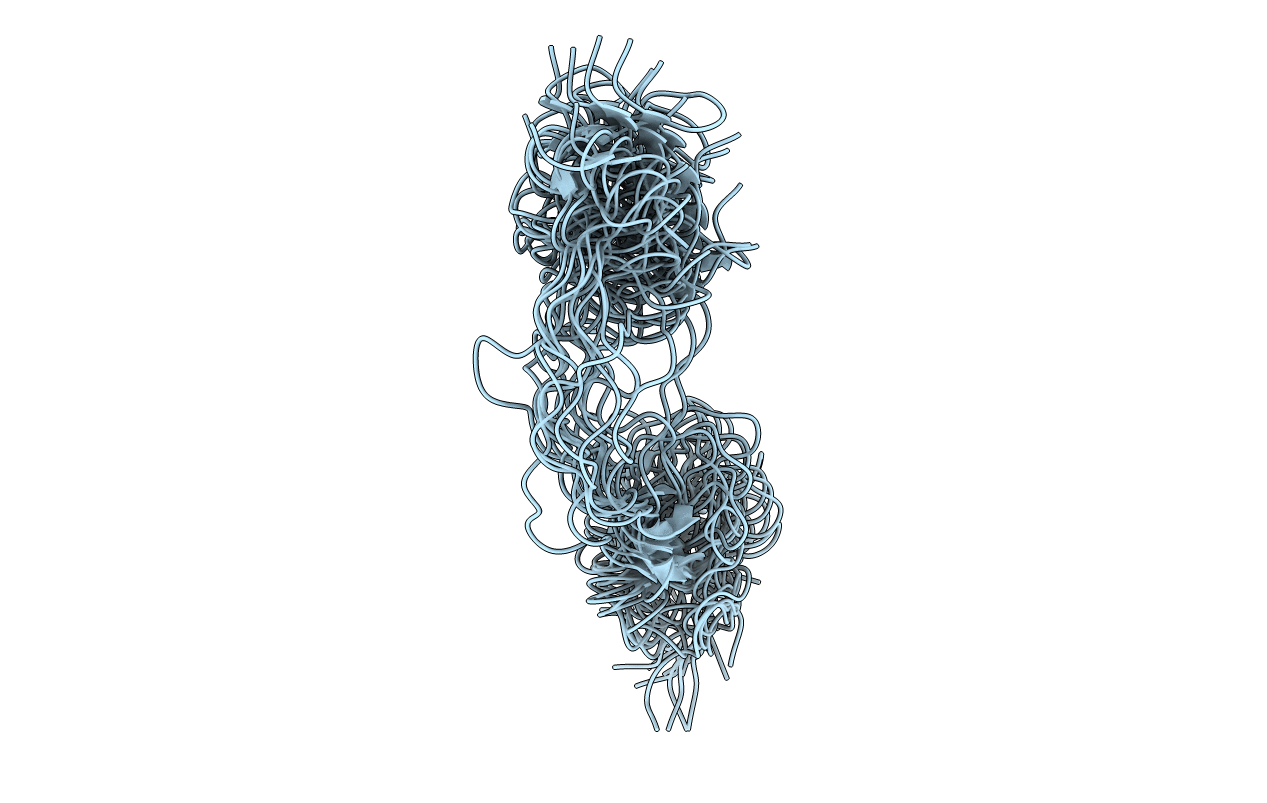
Deposition Date
2018-03-25
Release Date
2019-03-27
Last Version Date
2024-11-13
Entry Detail
Biological Source:
Source Organism:
Haplopelma schmidti (Taxon ID: 29017)
Host Organism:
Method Details:
Experimental Method:
Conformers Calculated:
20
Conformers Submitted:
20
Selection Criteria:
all calculated structures submitted


